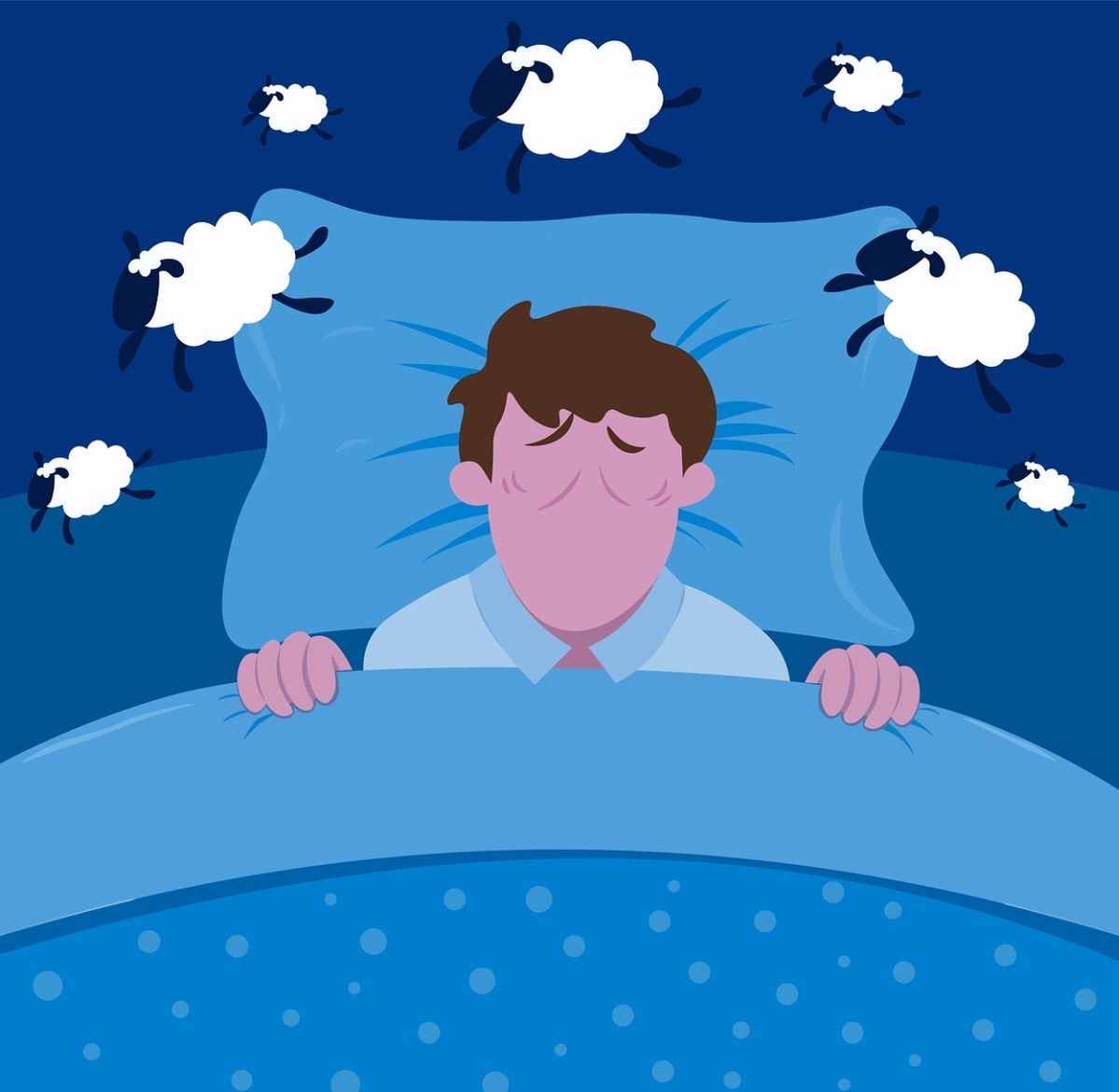Normal Human Sleep

Sleep isn’t just a passive state where the body shuts down — it’s a finely tuned biological process driven by two major forces: Process S and Process C.
Process S refers to the homeostatic sleep drive — the growing pressure to sleep that builds the longer we stay awake. Simply put, the more hours you’re awake, the stronger your body’s need for sleep becomes. Sleep debt accumulates with deprivation and gradually dissipates once we get adequate rest.
Process C, on the other hand, is tied to our circadian rhythm — the internal body clock that regulates periods of sleepiness and alertness throughout the 24-hour day. Even if sleep debt is high, your circadian rhythm influences when you are most likely to feel sleepy or awake.
Together, these two processes determine our sleep patterns and needs. Most sleep-related phenomena can be explained by this model — but not everything. One notable exception is sleep inertia, the grogginess and disorientation some people experience immediately after waking, even after a full night’s sleep. Science is still unraveling the exact mechanisms behind it.
How Sleep Changes Across a Lifetime
On average, healthy adults need about 7 to 9 hours of sleep each night. However, this need changes dramatically over a lifetime.
- Newborns and infants sleep the most, requiring 16 to 18 hours daily.
- Children gradually require less sleep, reaching about 8 to 10 hours by adolescence.
- By 4 to 5 years of age, most children consolidate their sleep into one uninterrupted nighttime period.
- As we age into adulthood and beyond, not only does sleep duration decline, but the architecture of sleep also shifts.
The Architecture of Sleep: NREM and REM
Adult sleep is typically continuous through the night and divided into two main types: NREM (Non-Rapid Eye Movement) sleep and REM (Rapid Eye Movement) sleep.
- NREM sleep accounts for 75-90% of total sleep time.
- REM sleep makes up 10-20%.
These two types of sleep alternate in cycles throughout the night, with each full cycle lasting around 90 to 110 minutes. Early in the night, NREM sleep dominates the cycles. As morning approaches, REM sleep periods become longer and more intense. Interestingly, if a person’s sleep is cut short, it’s usually REM sleep that gets sacrificed the most.
The Stages Within Sleep
NREM sleep itself is divided into stages: Stage I, II, III, and IV.
- Stage II is marked by specific brain wave patterns called sleep spindles and K-complexes.
- Stages III and IV are collectively referred to as slow-wave sleep, where the brain produces slow delta waves (frequencies between 0.3 to 4 Hz) on EEG recordings. This is the deepest and most restorative phase of sleep.
REM Sleep: A Paradoxical State
REM sleep is often called “paradoxical sleep” because, despite being deeply asleep, the brain’s electrical activity resembles that of someone awake — characterized by low-amplitude, high-frequency waves.
A hallmark of REM sleep is the presence of rapid eye movements, alongside a near-complete muscle atonia (paralysis) throughout the body, sparing only essential muscles like the diaphragm (for breathing) and eye muscles. This combination — a hyperactive brain in a paralyzed body — is what makes REM sleep so unique.
Understanding these basic principles not only deepens our appreciation for sleep but also highlights why disruptions in sleep can have such wide-ranging effects on health, mood, and daily function. Sleep isn’t just a nightly ritual — it’s a vital, intricate biological process that our bodies depend on to survive and thrive



Comments (0)